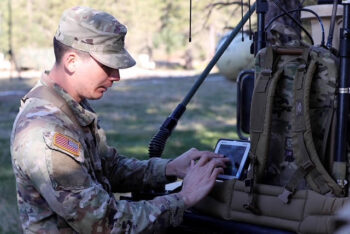
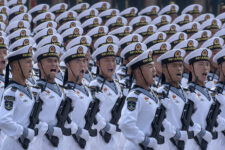
WASHINGTON: A majority of Americans view China has the biggest national security threat to the United States, while trust in the American military continues to erode, according the Reagan Institute’s annual National Defense Survey. The poll found that 52% of Americans see China as a top threat, up from just under 40% in the February…
By Andrew Eversden
“There’s no question that as you pull out… our intelligence collection is diminished,” Haines said. “In Afghanistan, we will want to monitor any reconstitution of terrorist groups.”
By Brad D. Williams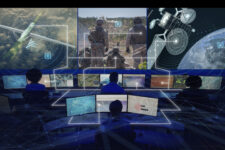
“Joint always seems fun until we get into decisions about who governs this,” joked Army CIO Raj Iyer.
By Brad D. Williams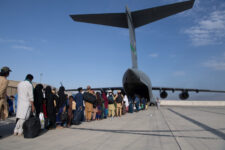
America’s allies in the Middle East are weighing options to avoid meeting the fate of the Afghani government, as regional scholars talk of the post Pax Americana era.
By Riad Kahwaji
The Taliban now faces a decision: Ban the internet as the group did during its first rule, while hindering its propaganda windfall and other online activities, or leave the country’s networks intact, allowing an avenue for continued US electronic surveillance.
By Brad D. Williams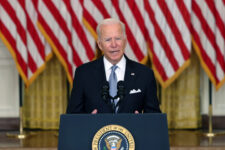
A Chicago Council survey conducted in July found that 70 percent of Americans backed exiting Afghanistan, a belief that crosses the deep partisan divide between Democrats and Republicans.
By Aaron Mehta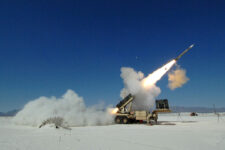
It is more of a repositioning rather than a withdrawal and “does not reflect any political orientation similar to the one to withdraw troops from Afghanistan,” strategic expert and political researcher Abdullah Al Jenaid tells Breaking Defense.
By Chyrine Mezher
At the NATO Summit in Brussels, the United States should finalize a plan with its allies to ensure the Afghan air force has the maintenance and logistical support it requires to remain combat effective. The United States and our international partners have worked for years to build an Afghan air force capable of providing effective…
By Bradley Bowman, Ryan Brobst and Jared Thompson
“Our budget accounts for ‘over the horizon’ requirements — it creates some space there as we determine what that will look like,” DepSec Kathleen Hicks said.
By Theresa Hitchens
While training in-country will end, “we are looking at how we can provide training outside Afghanistan,” said Secretary General Jens Stoltenberg. “We can train Afghan forces in other countries.”
By Sydney J. Freedberg Jr.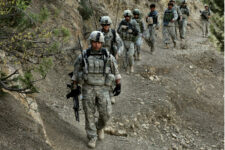
“I think the countries to the north of Afghanistan such as Tajikistan, Kyrgyzstan and Uzbekistan are also going to be worried about the flows of refugees and perhaps fighters to the north. All of them will see what happens after we leave, how the United States postures itself, and then they’ll decide what to do,” Gen. McKenzie said this week.
By James Kitfield
This is one of two pieces by our contributor James Kitfield, who’s won more Gerald Ford Defense Reporting awards than anyone else (3), on the challenges and mistakes America has made in grappling with the complex threat of global terrorism. As James puts it in his summary sentence: U.S. counterterrorism forces continue to learn and adapt…
By James Kitfield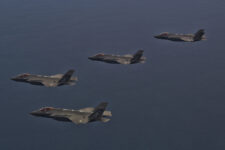
- Air Warfare, budget, Congress, Global, Land Warfare, Naval Warfare, Networks & Digital Warfare, Space, Threats
Clash of Strategies: Capability Or Capacity, Today Or Tomorrow?
As the Pentagon finishes its strategic review, the stage is set for another struggle over whether to ready for a high-end war with Russia or China or just manage the current, much lower intensity battles around the world. In military terms it’s a choice between capability and capacity. The outcome will shape the four services…
By Mark Cancian
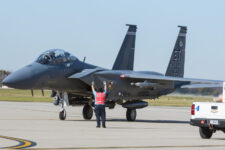


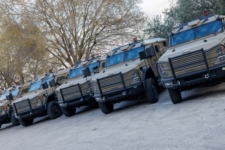
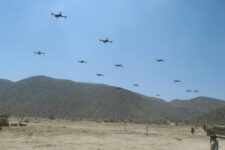



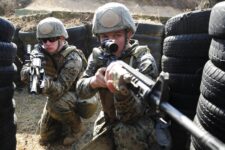


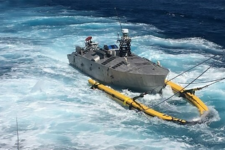
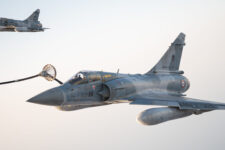
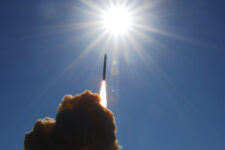


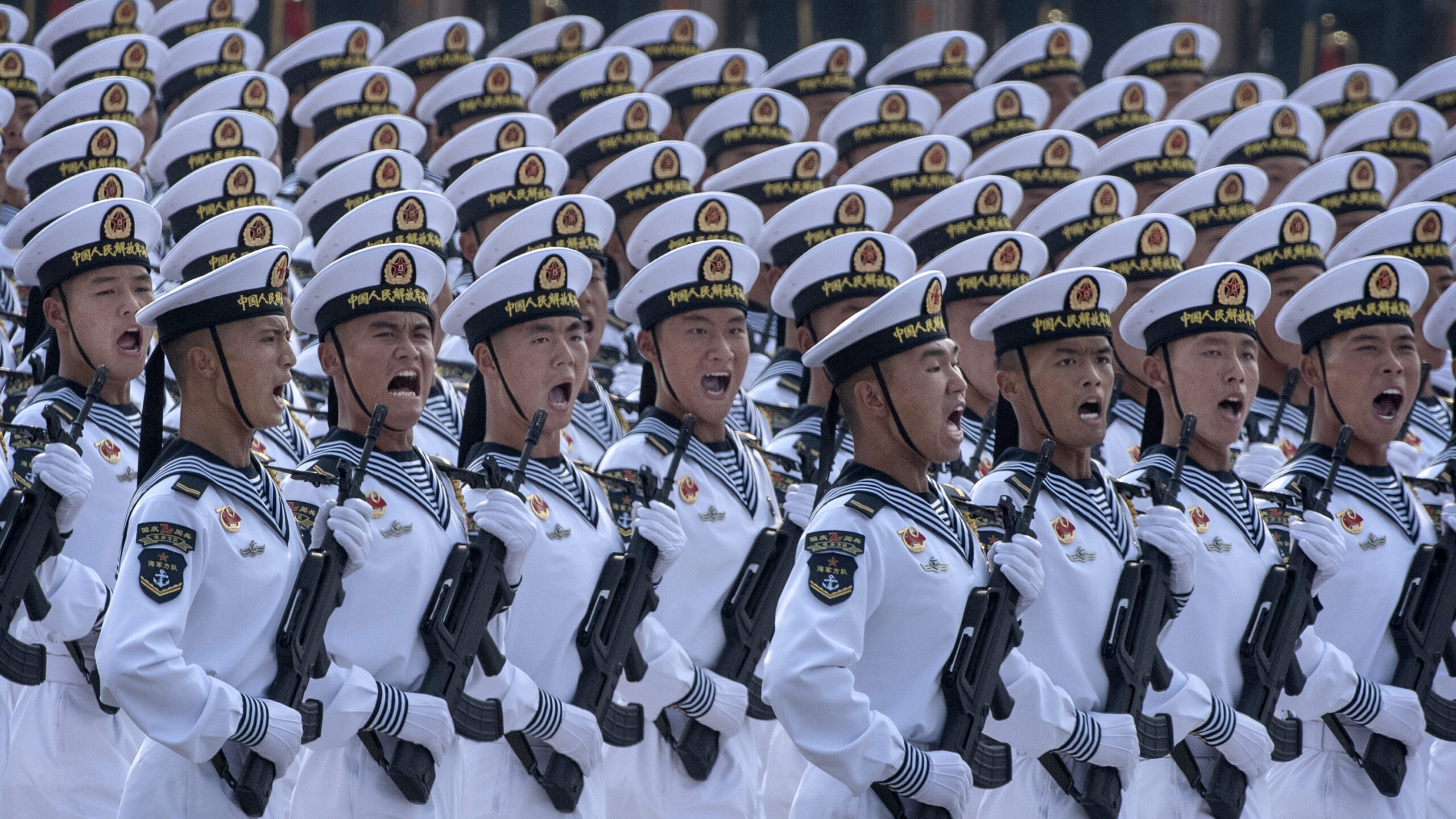

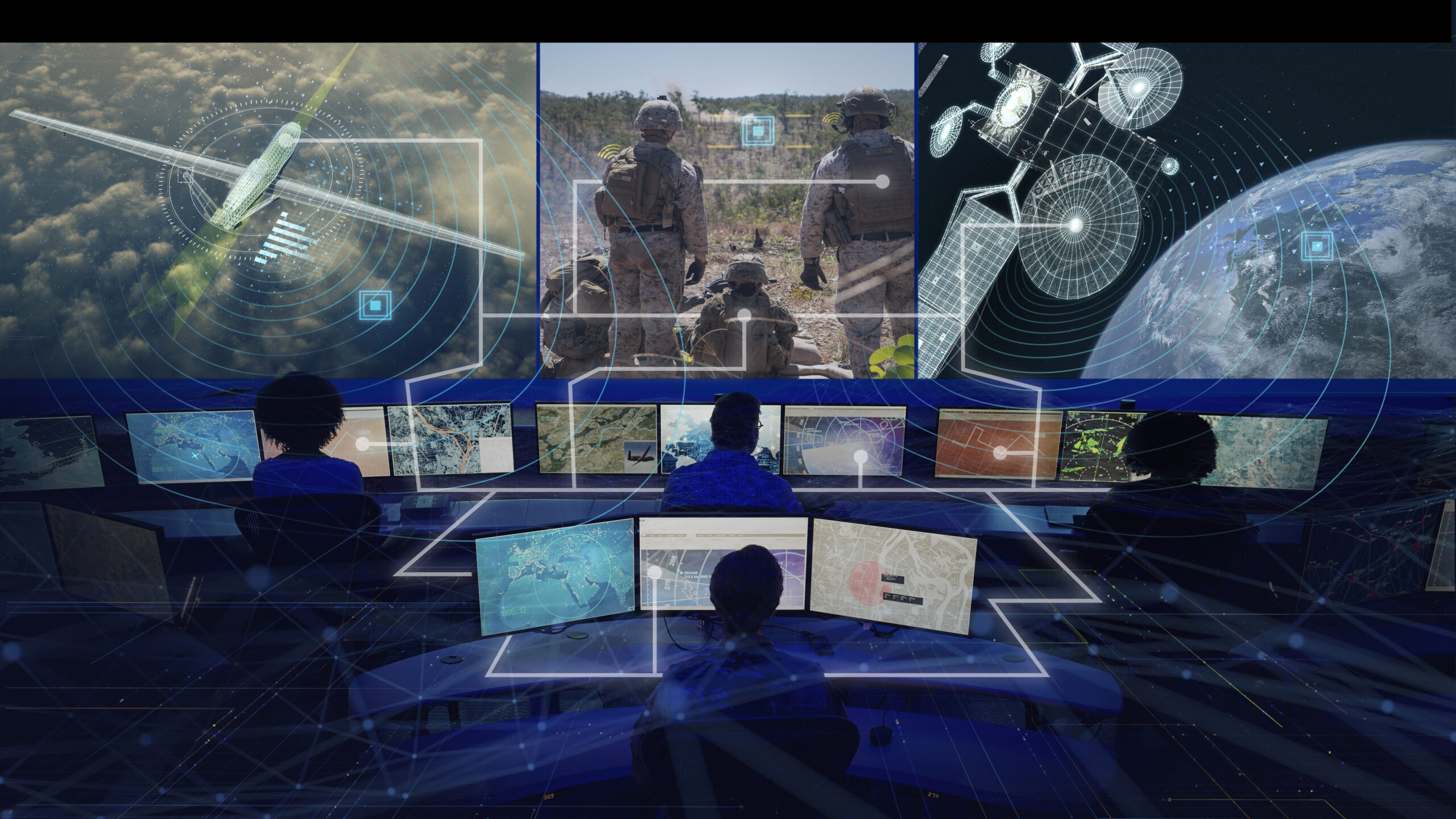
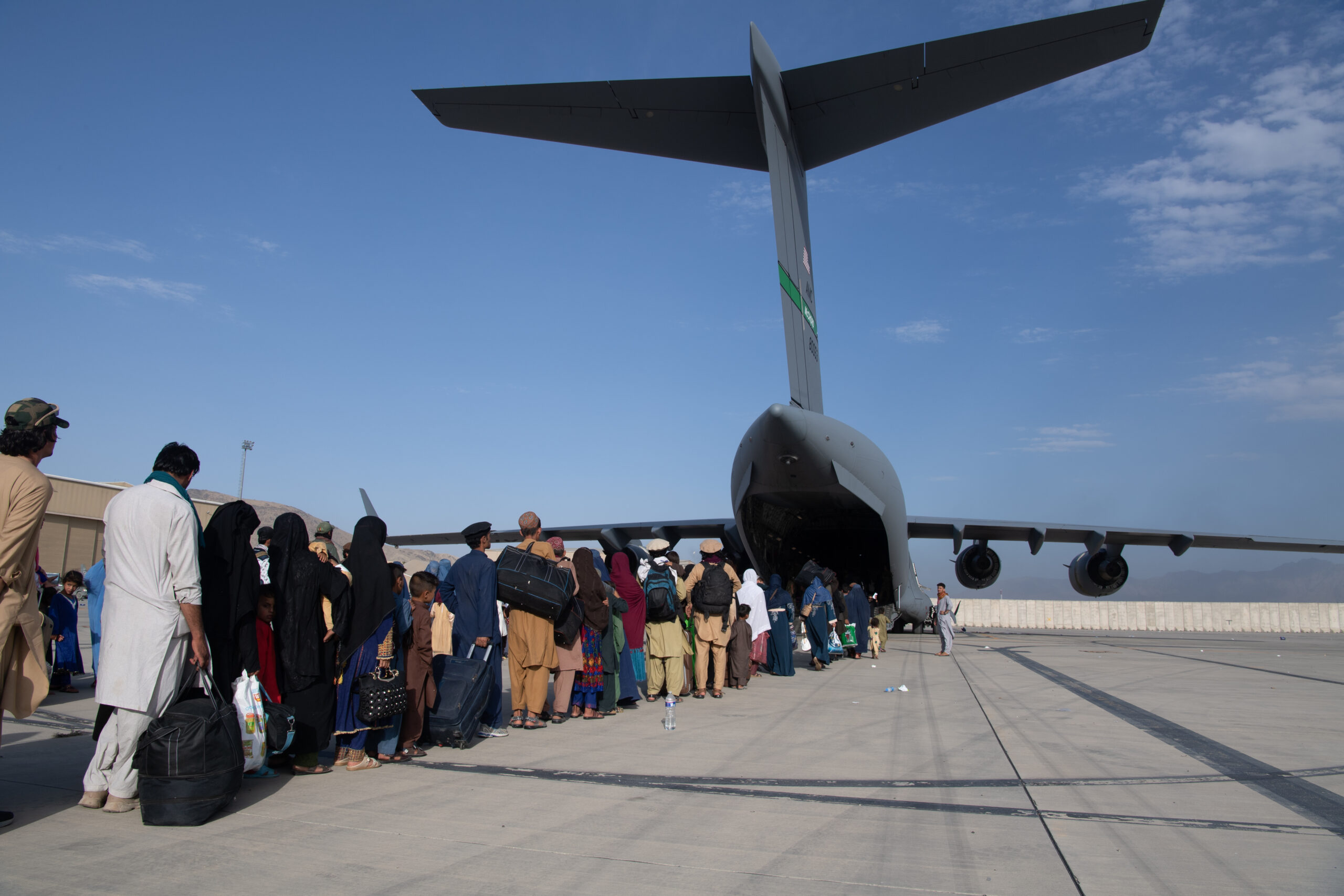
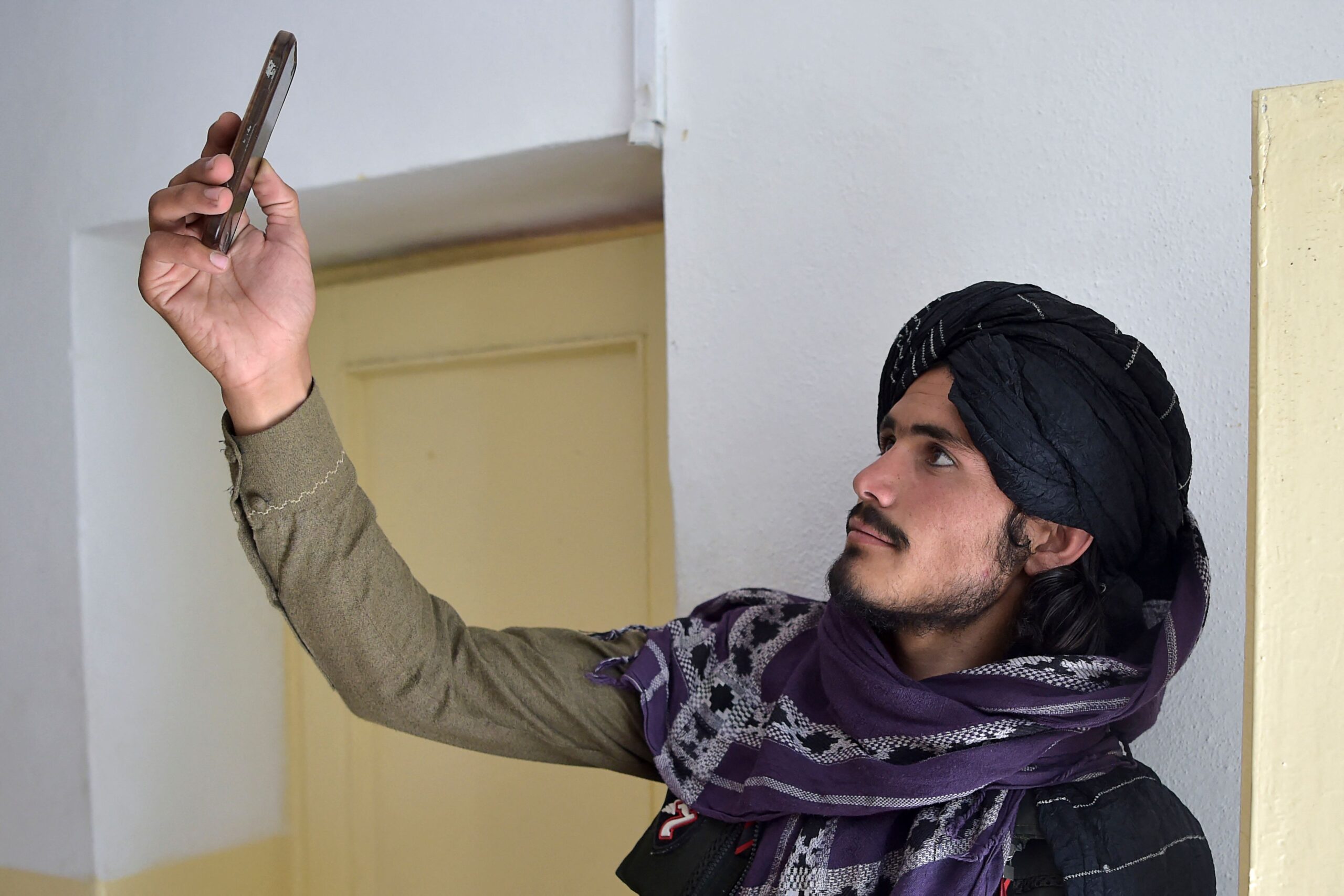
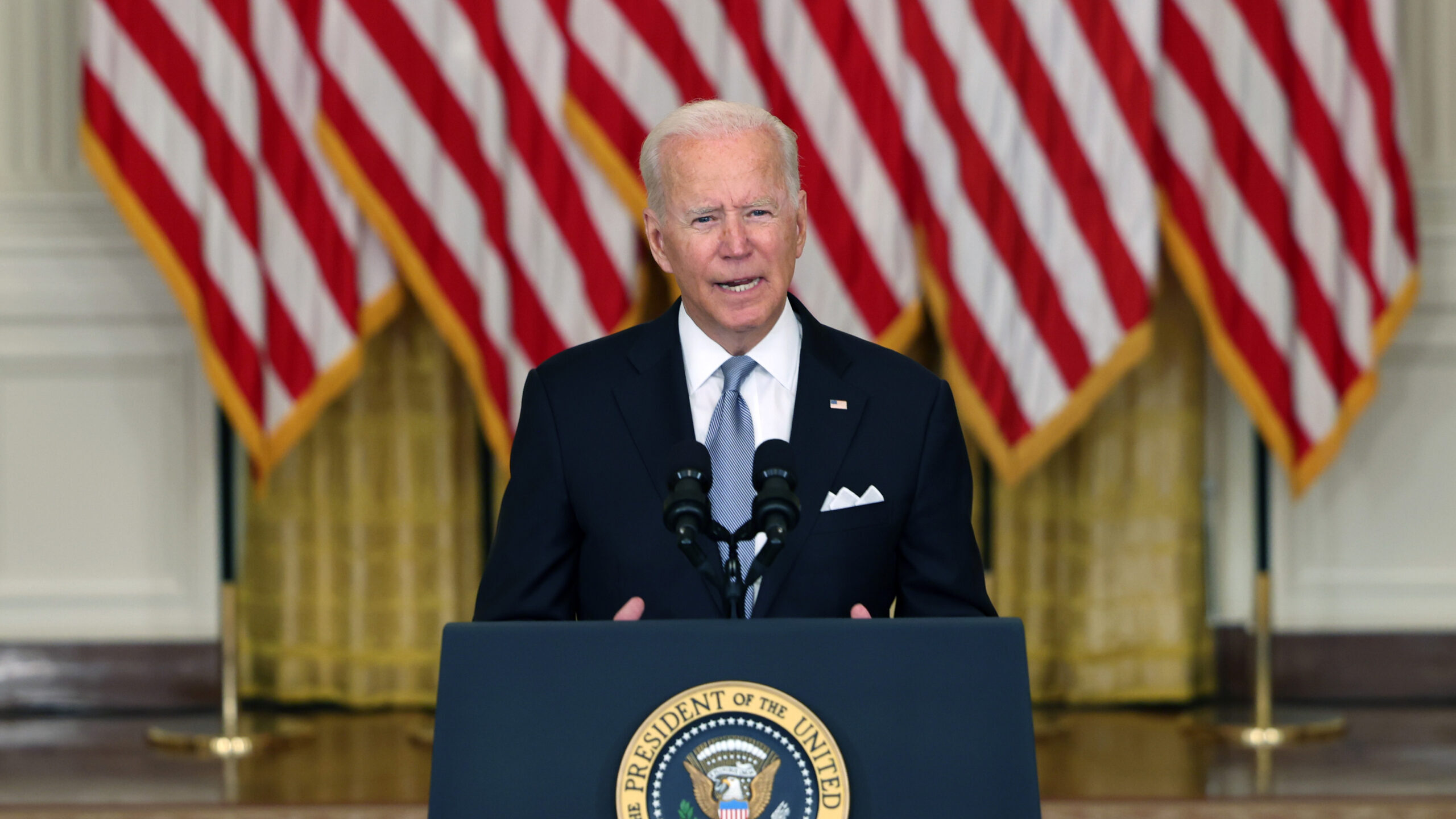

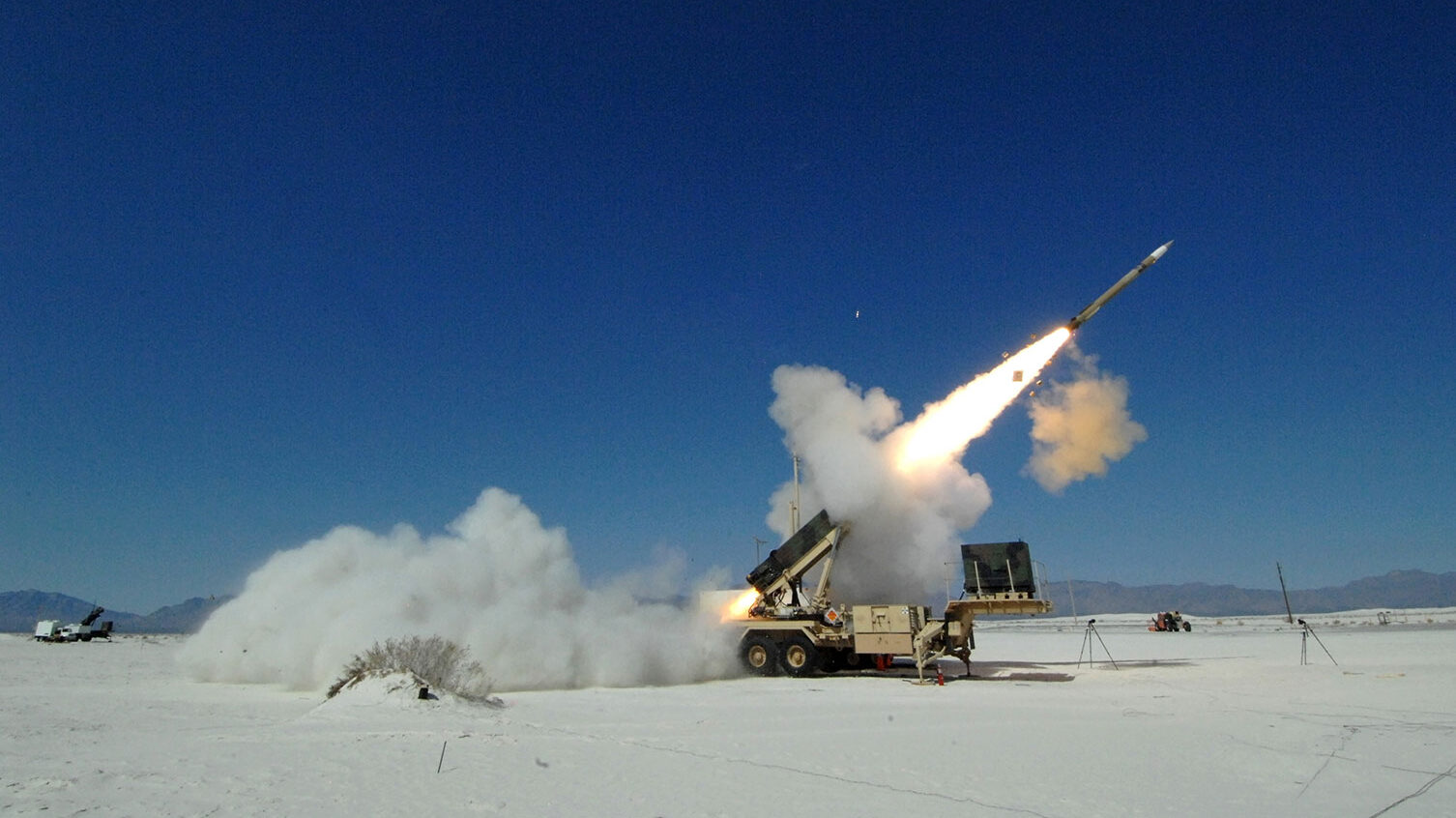
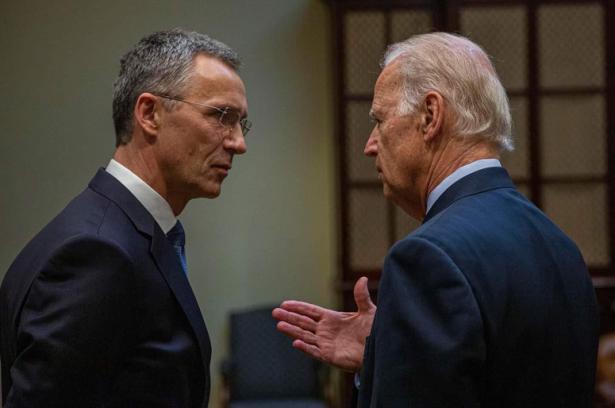
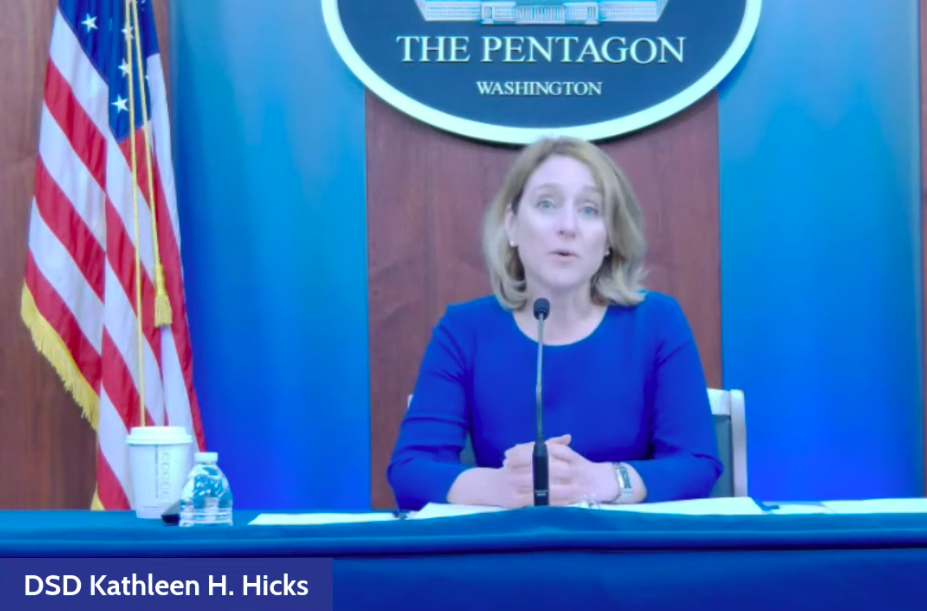
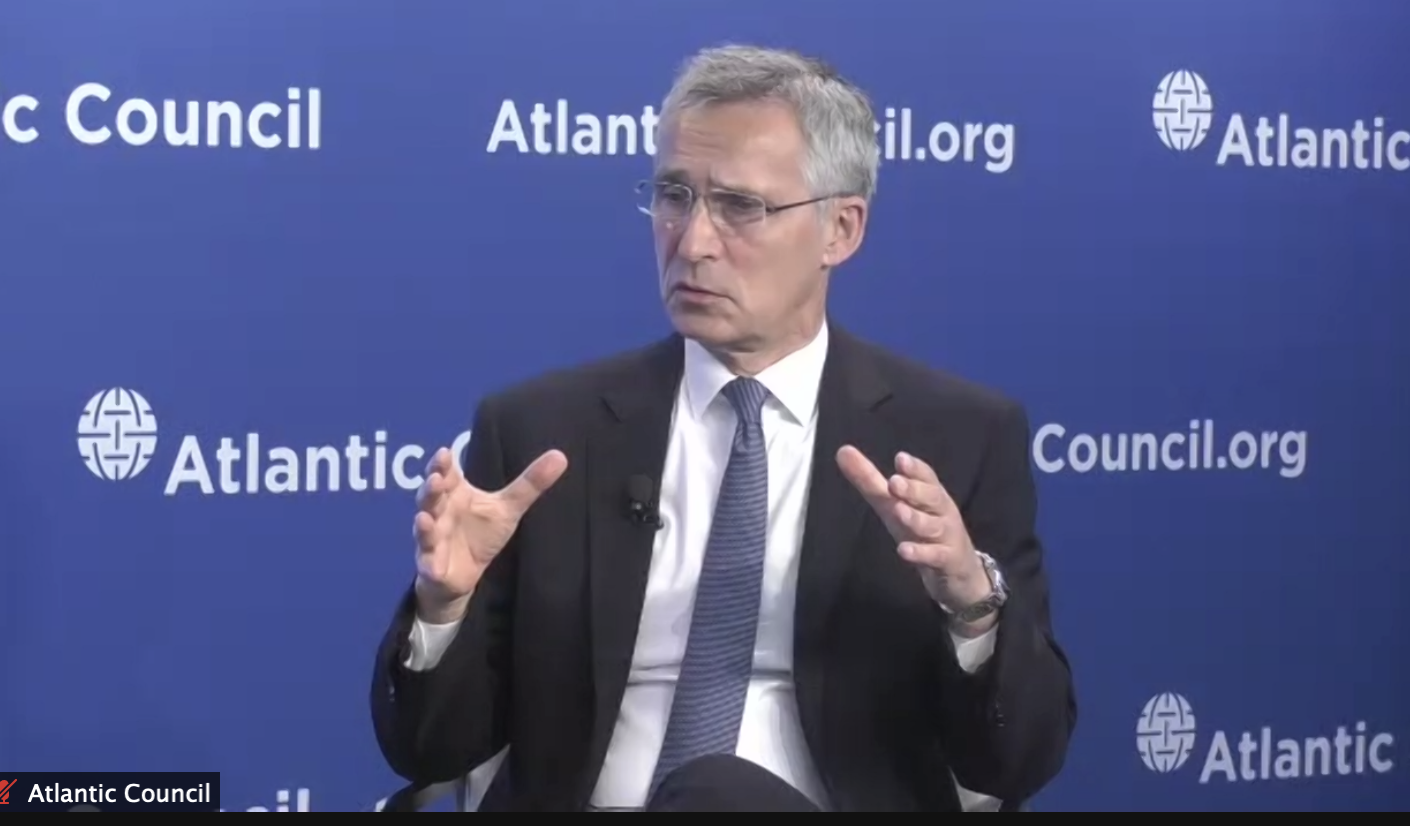
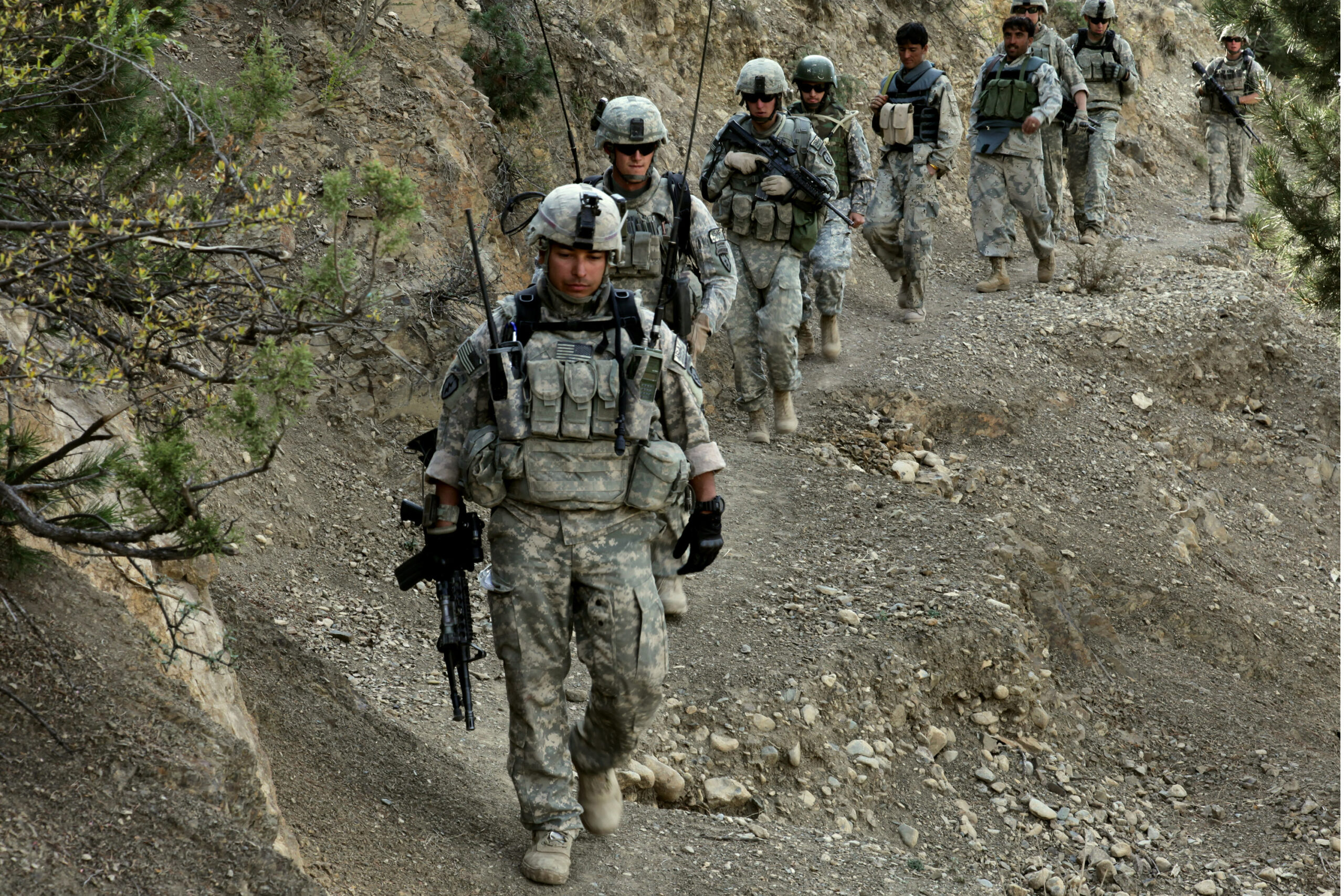
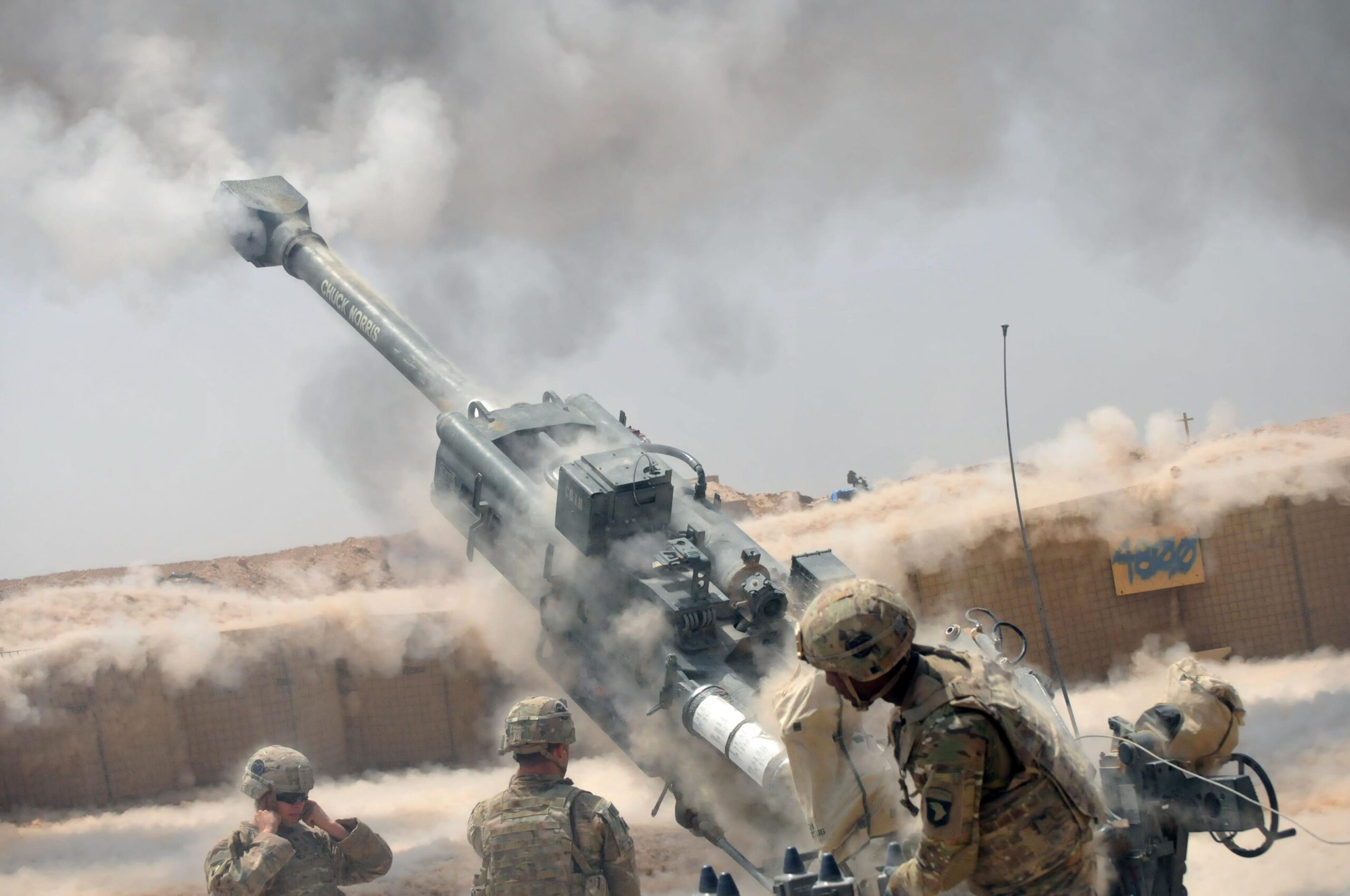
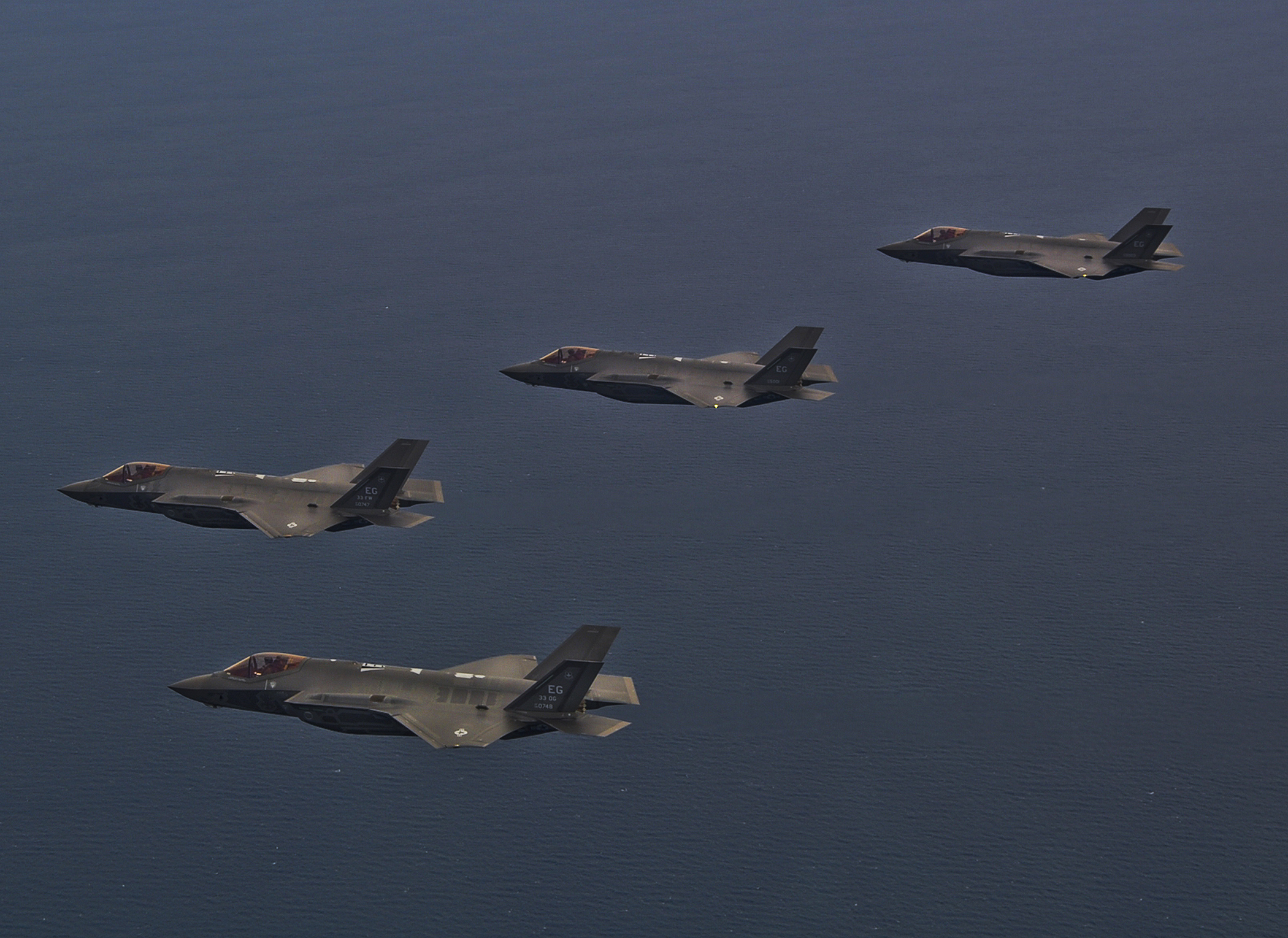



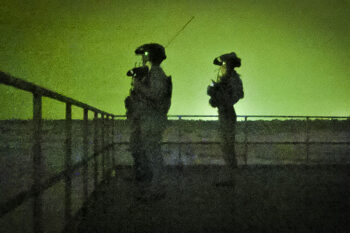

With Washington demonstrating little competency or reliability, Beijing is likely to press countries to include Huawei and other Chinese telecommunications corporations in their 5G networks, lest they alienate Beijing.
By Dean Cheng